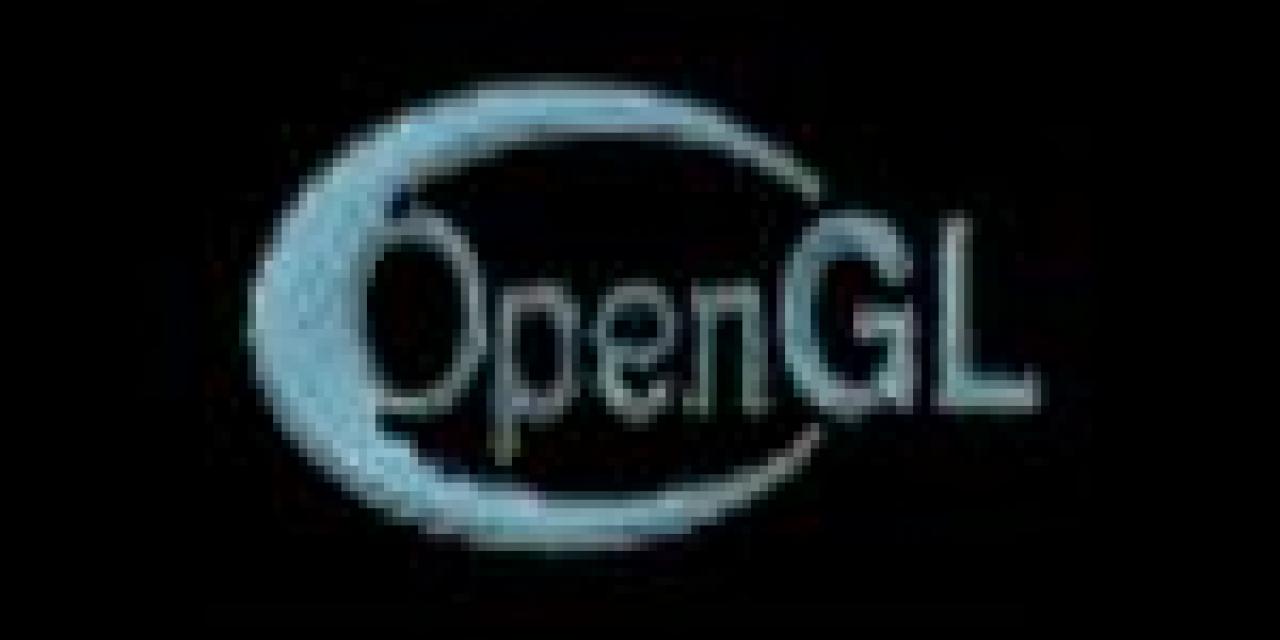
Following the news of Microsoft's plans to challenge the ability of OpenGL to be distributed as a free specification. Silicon Graphics (SGI) and their partners, the developers of the standard, have been extremely busy, announcing the release of OpenGL 1.4 and a deal with Nokia which will bring OpenGL to mobile phones.
To many, the importance and many uses of OpenGL remain unknown. Although it has been overshadowed by Microsoft's DirectX in Windows systems, OpenGL remains a widely used tool of the graphics trade. Mac OS X, Linux and Unix rely heavily on the standard while such classic games as Quake and Doom are based on the standard. It is also widely used in industrial design applications and is the basic tool in creating 3D models and simulations in the field of technical computing.
The new 1.4 version of the specification offers various improvements and demonstrates the commitment of the OpenGL Architectural Review Board (ARB), the governing body of the specification, to make good on their promise to deliver a new version every year.
Even more promising for OpenGL was the announced deal between SGI and Nokia.
SGI and Nokia have signed an agreement to cooperate on the development of a 3D standard suitable for all embedded mobile terminals, based on OpenGL. Mobile phones, PDAs and other mobile devices are about to be transformed by the addition of 3D graphics, with possibilities ranging from top-selling interactive games, to video clips synchronized with text, to 3D global positioning systems (GPS), and 3D representations of buildings and terrains. The agreement ties into an embedded devices standard OpenGL ES that is being developed by the Khronos Group, which is involved in developing and marketing a variety of media and graphics standards for PCs and embedded devices such as game terminals, set-top boxes, and avionics.








